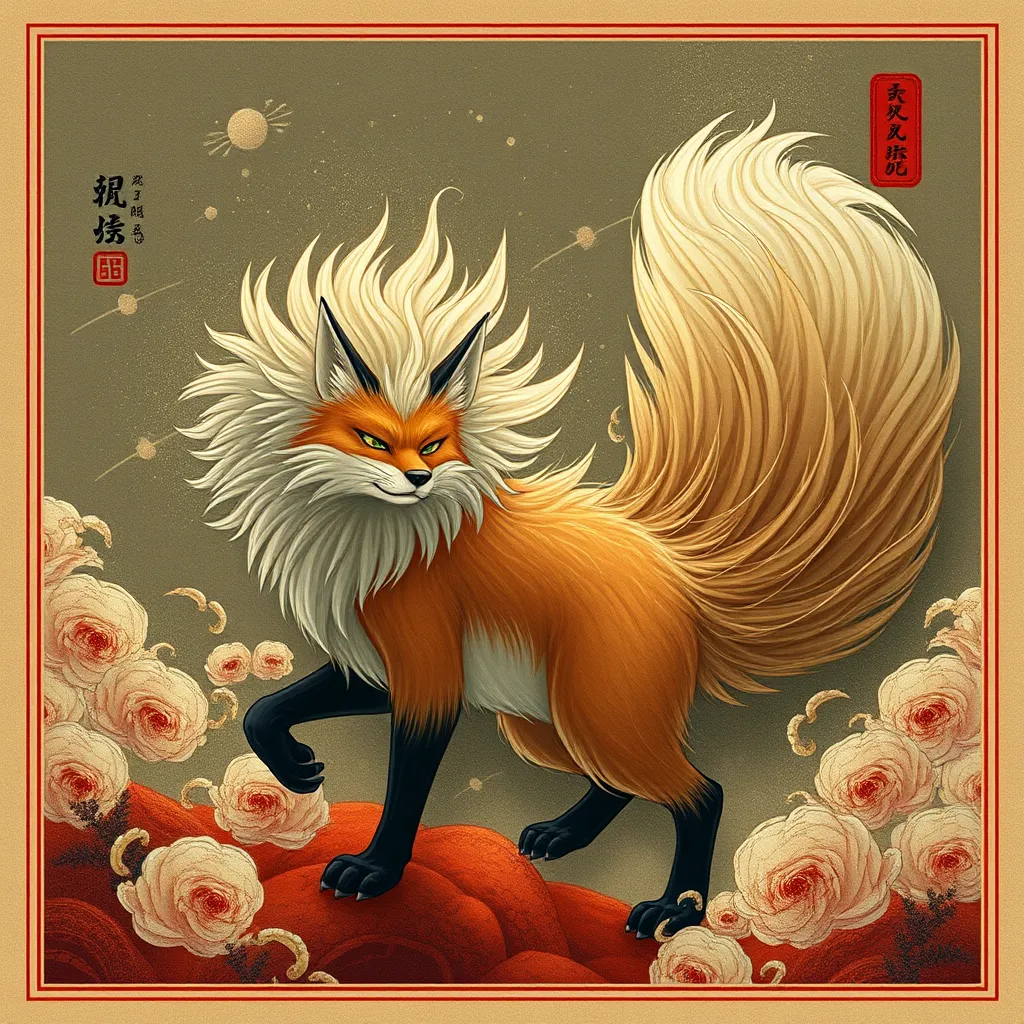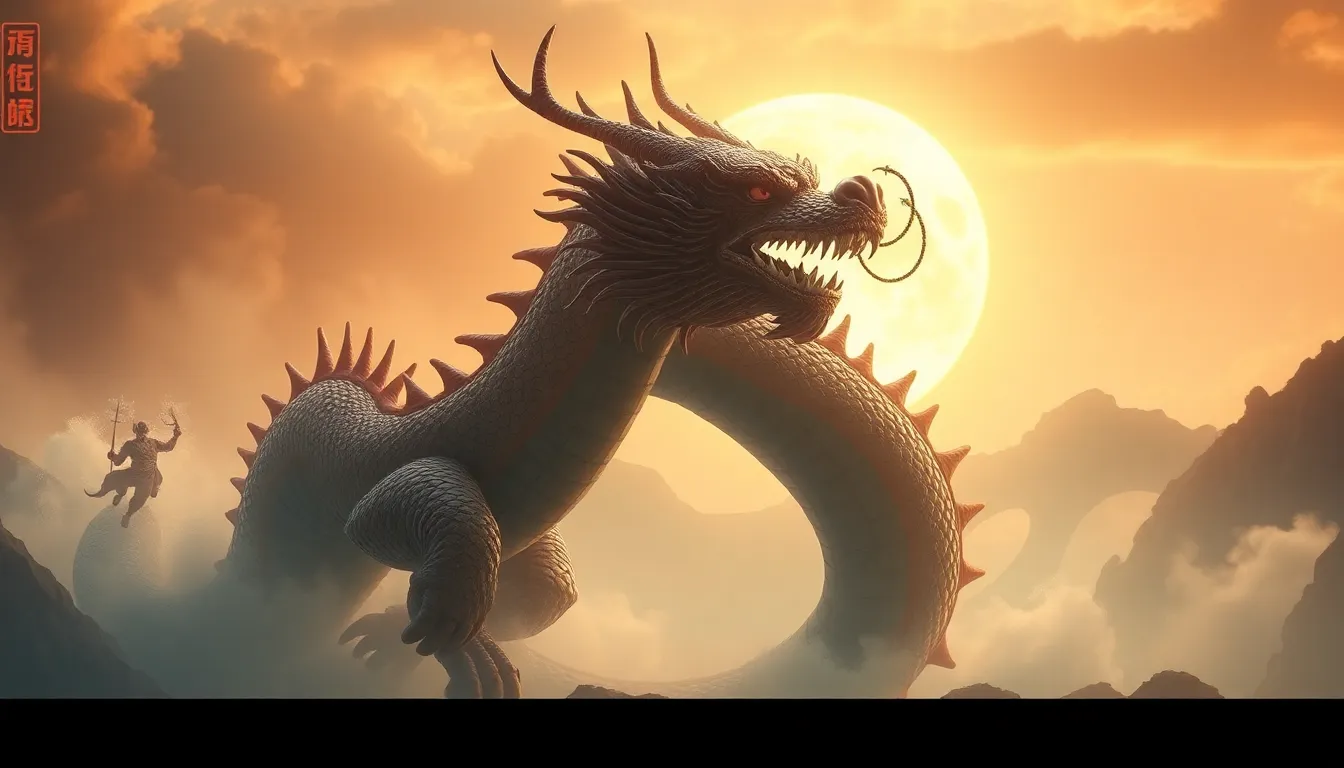The Kitsune’s Legacy: Exploring the Fox Spirit’s Lasting Impact on Japanese Culture
I. Introduction to the Kitsune
The Kitsune, a mythical fox spirit in Japanese folklore, holds a significant place in the cultural landscape of Japan. Often depicted as intelligent beings with magical abilities, Kitsune are both revered and feared, embodying the duality of nature. This article aims to explore the cultural impact of the Kitsune, tracing its historical roots, its representation in folklore and art, and its influence on modern Japanese society.
II. Historical Origins of the Kitsune
The origins of the Kitsune can be traced back to ancient texts and mythology. The earliest mentions of fox spirits date back to the Nara Period (710-794 AD) in texts such as the “Nihon Shoki” and “Konjaku Monogatari.” Initially portrayed as malevolent tricksters, the image of the Kitsune evolved significantly over time, influenced by the changing societal values and beliefs.
Throughout different historical periods, the Kitsune’s role shifted from a simple trickster to a more complex entity embodying protection and wisdom. The influence of Buddhism and Shinto played a crucial role in shaping these narratives, as the Kitsune became associated with Inari, the deity of rice, agriculture, and fertility.
III. The Kitsune in Folklore and Mythology
Numerous popular stories feature the Kitsune, illustrating its dual nature as both a trickster and a protector. For instance, in the tale of “Tamamo-no-Mae,” a beautiful woman is revealed to be a malicious fox spirit in disguise. In contrast, stories like “Kuzunoha” depict the Kitsune as a loving guardian who helps humans, showcasing its multifaceted character.
The symbolism associated with the Kitsune varies widely in different tales, often representing:
- Intelligence and cunning
- Transformation and change
- Protection and guidance
IV. The Kitsune in Art and Literature
The representation of the Kitsune is prevalent in traditional Japanese art forms, such as ukiyo-e and paintings. Artists like Utagawa Kuniyoshi have immortalized the Kitsune in their works, often depicting them with mystical elements that emphasize their magical nature.
In modern literature and popular media, the Kitsune continues to thrive. Novels, anime, and manga frequently feature Kitsune characters, such as in the popular series “Naruto,” where the Nine-Tailed Fox plays a central role. These representations often blend traditional characteristics with contemporary narratives, appealing to a global audience.
V. The Kitsune in Religion and Spirituality
In the realm of religion and spirituality, the Kitsune is often seen as a messenger of Inari, the rice deity. Inari shrines across Japan commonly feature fox statues, symbolizing the divine connection between the fox spirit and agricultural prosperity.
Rituals and worship practices associated with the Kitsune include:
- Offering food, particularly rice and sake, at Inari shrines
- Celebrating the annual Inari Matsuri, where the Kitsune is honored
- Creating talismans and amulets featuring the Kitsune for protection and good fortune
VI. The Kitsune’s Influence on Modern Japanese Culture
The Kitsune remains a prominent figure in contemporary Japanese culture, significantly influencing anime, manga, and video games. Popular titles like “InuYasha,” “Kamisama Kiss,” and “The Fox Spirit Matchmaker” showcase the Kitsune’s enduring appeal and adaptability in storytelling.
Cultural festivals and events, such as the Inari Matsuri and various local fairs, celebrate the Kitsune, allowing communities to connect with their heritage and folklore. Additionally, the Kitsune’s image has permeated fashion and pop culture trends, inspiring clothing designs, accessories, and even makeup.
VII. Cross-Cultural Perspectives on the Kitsune
When comparing the Kitsune with similar fox spirits in other cultures, such as the Chinese Huli Jing or the Native American Coyote, one can observe both similarities and differences in their representations. The global fascination with the Kitsune has led to various adaptations, with artists and writers drawing inspiration from its rich folklore.
The impact of globalization has also shifted the perception of the Kitsune, as it becomes more widely recognized outside Japan. This exposure has fostered a greater appreciation for the cultural nuances of the Kitsune, allowing for a more profound understanding of its significance.
VIII. Conclusion: The Enduring Legacy of the Kitsune
In summary, the Kitsune has left a multifaceted impact on Japanese culture, seamlessly blending tradition with modernity. Its stories and representations continue to resonate with audiences today, reflecting the complexities of human nature and the interplay of good and evil.
As society evolves, the relevance of the Kitsune remains strong, serving as a bridge between the past and the future. The enduring legacy of the Kitsune is a testament to the rich tapestry of Japanese folklore, inviting future generations to explore and celebrate this captivating spirit.




